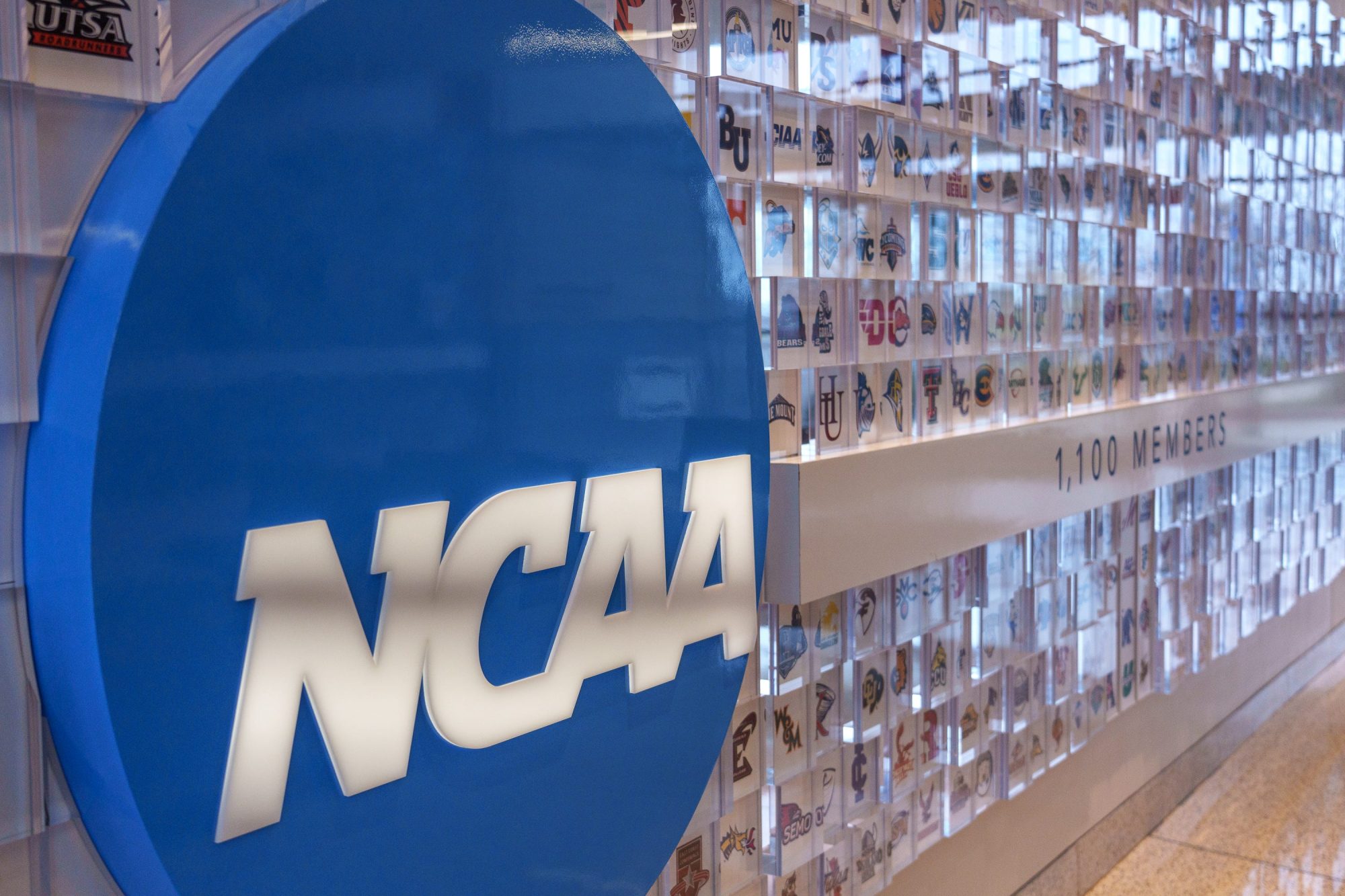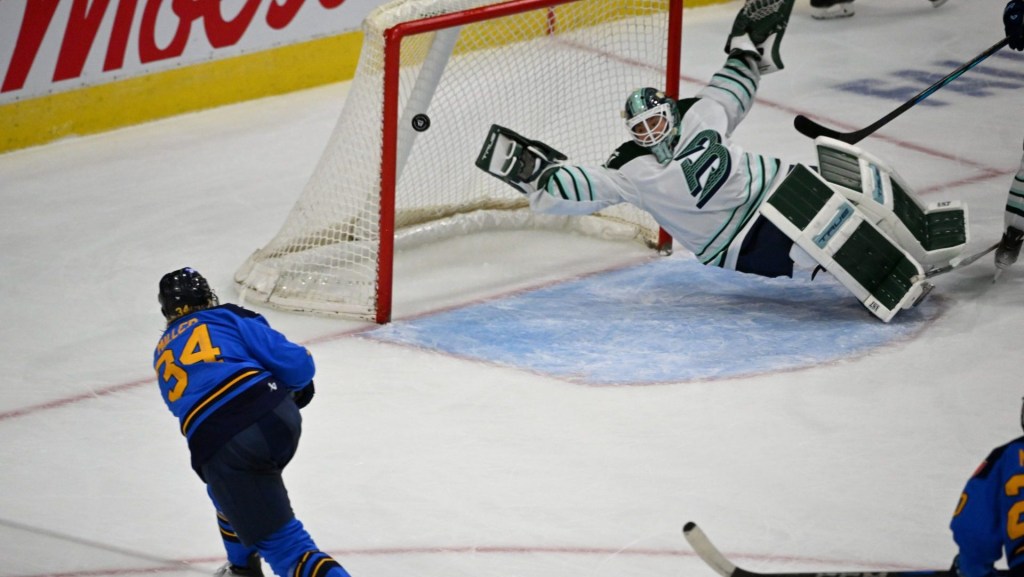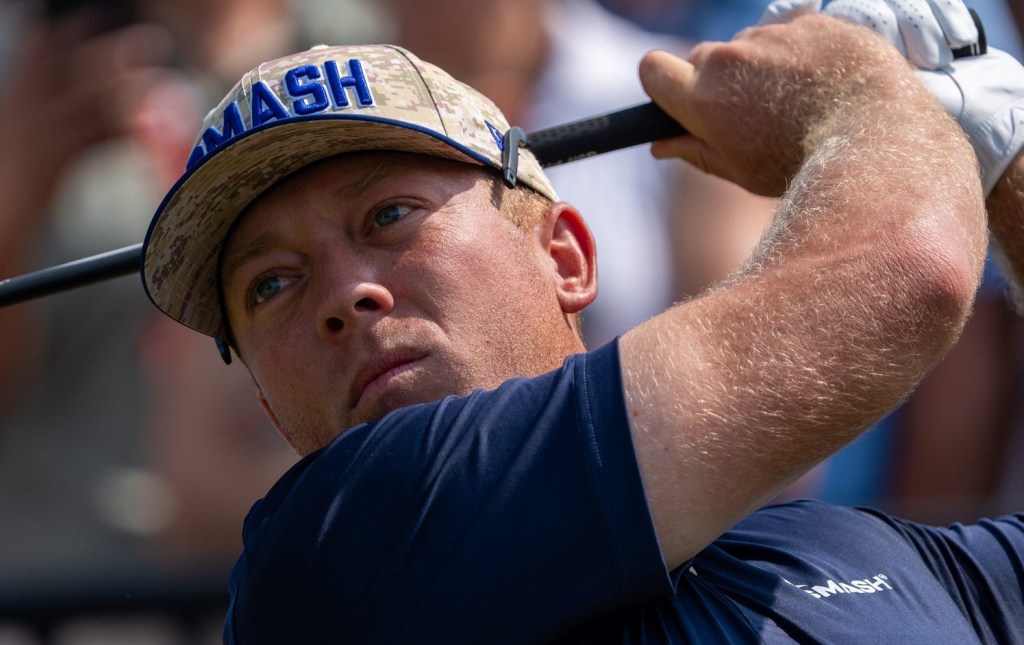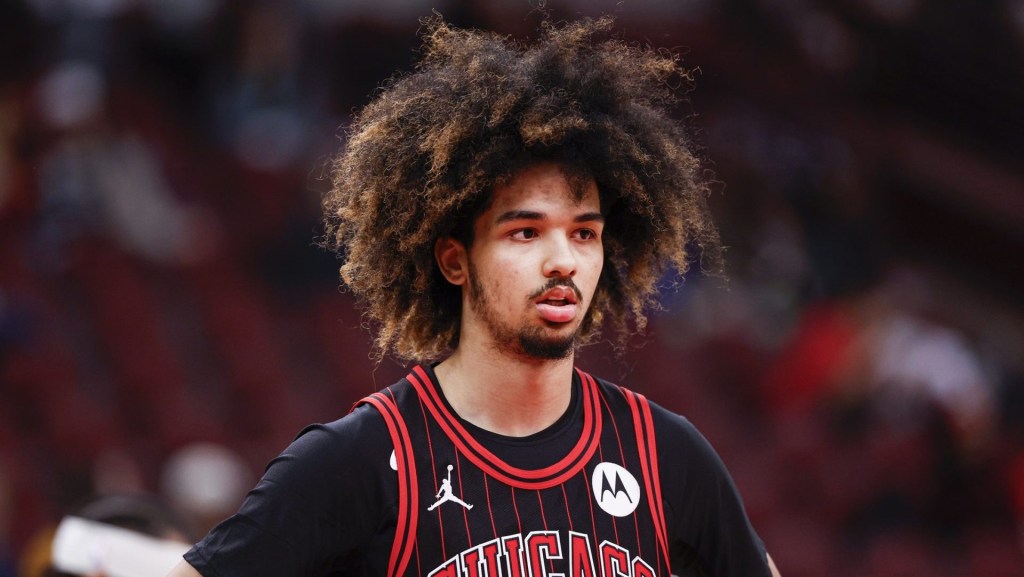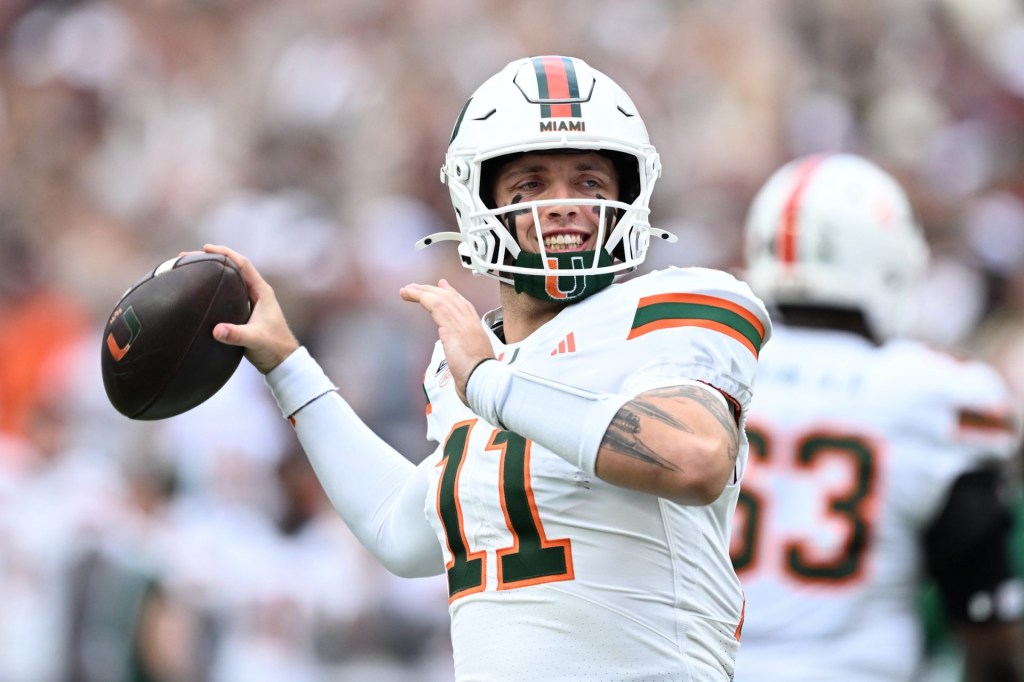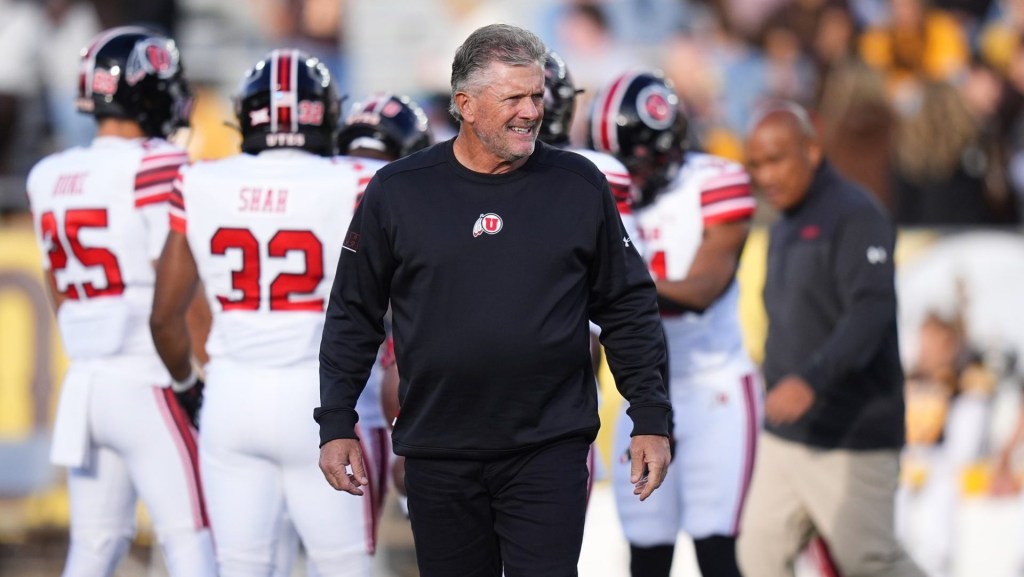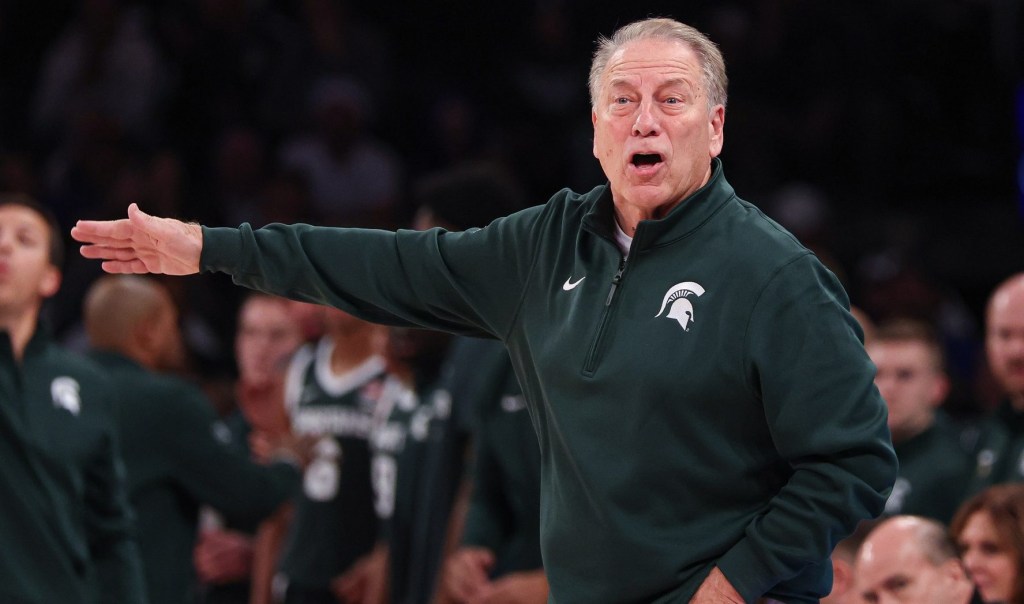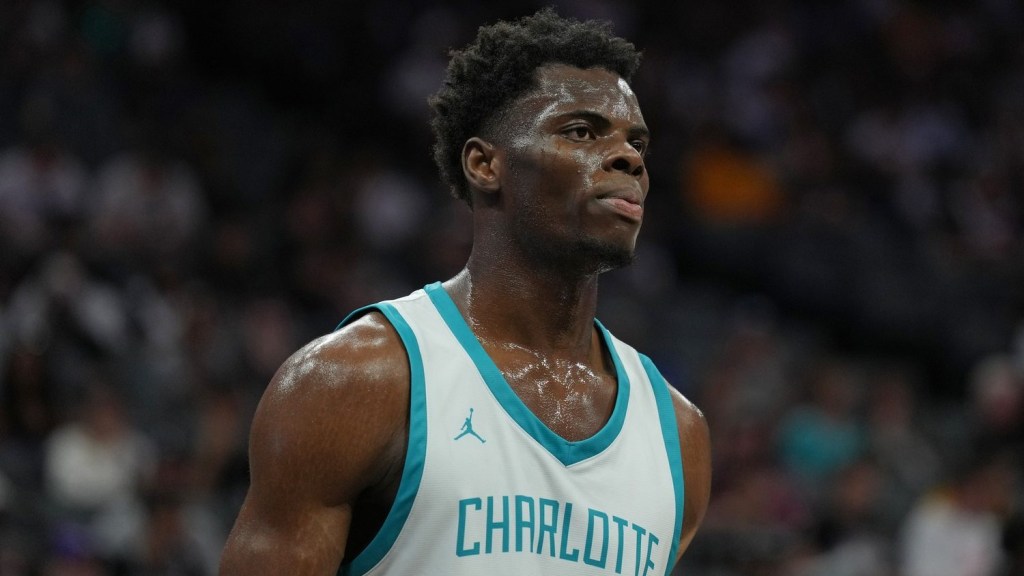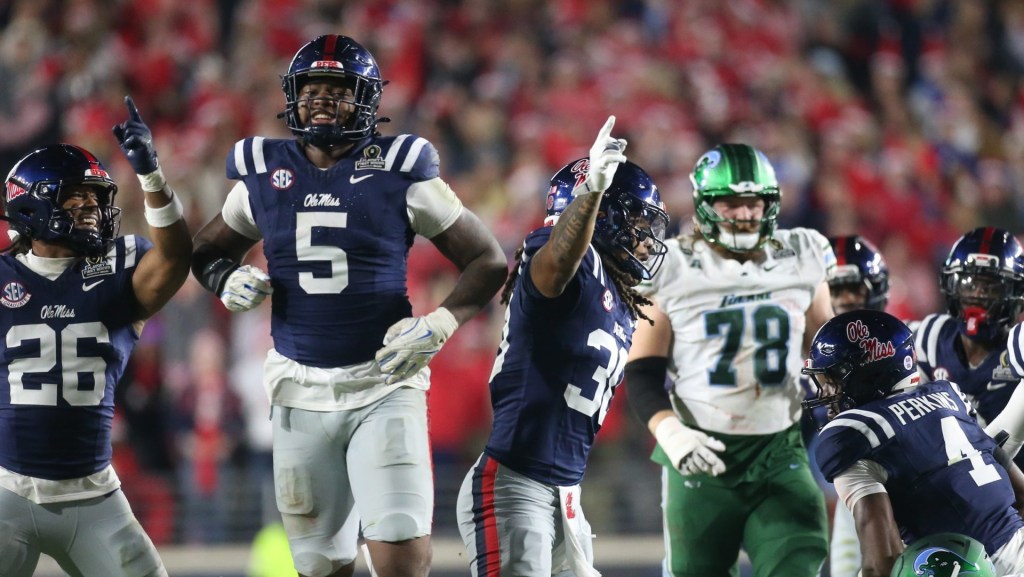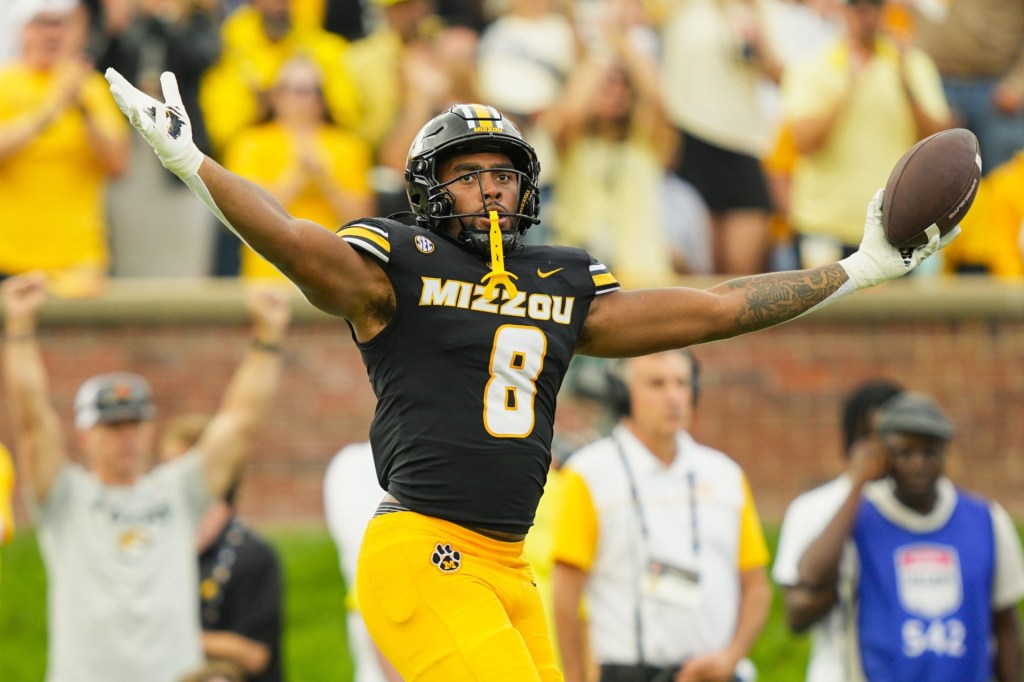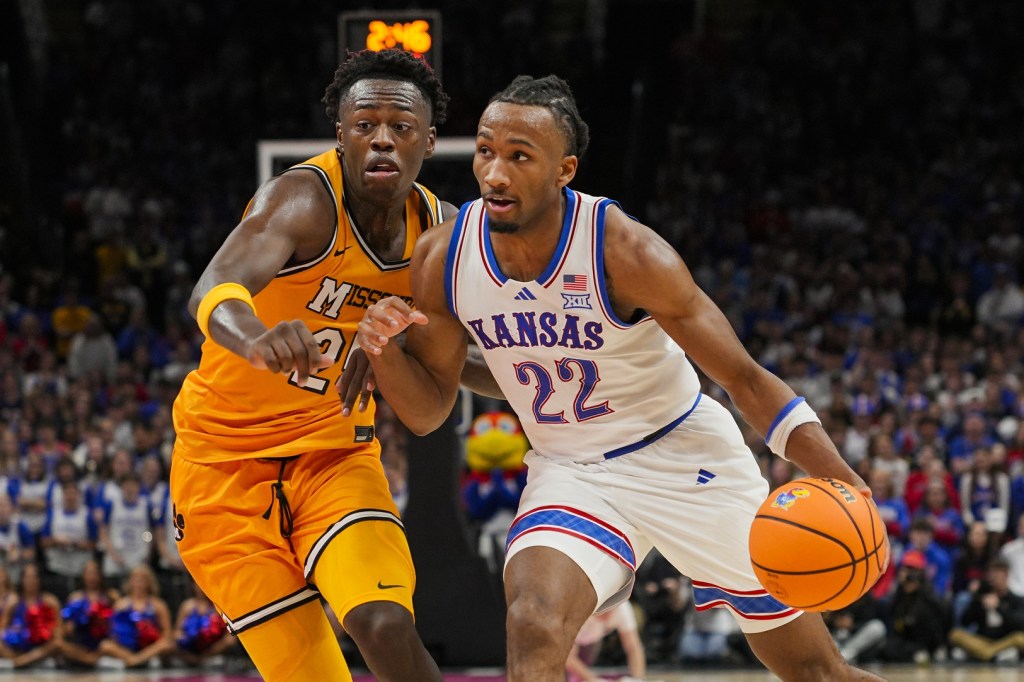By the end of this week, power conference schools may officially agree to a historic settlement in the House v. NCAA case, which argues that the definition of name, image, and likeness should be expanded to include broadcast rights, and that athletes who played before 2021 deserve back pay for the deals they weren’t allowed to pursue. If the case settles, the NCAA and Power 5 conferences will share millions in revenue with their players for the first time in the NCAA’s century-long history. But it will not answer the question of whether athletes should be considered employees.
The NCAA and power conferences (including the prebreakup Pac-12) would agree to pay about $2.7 billion in damages over a period of 10 years to former Division I athletes who didn’t get to capitalize on NIL, according to multiple reports. That figure would still be a bargain compared to the cost of losing the case if it went to trial, which could result in a $5 billion liability.
Power conference schools would also each agree to a framework to share as much as $20 million per year each with players. (The settlement includes a hard spending cap for revenue sharing. To prevent the settlement itself from facing an antitrust lawsuit, players would get a chance each year to opt out of the settlement and potentially challenge it.)
Throughout the week, conference and NCAA boards will meet amongst themselves to vote on the settlement, one source confirmed to Front Office Sports, a process that should be complete by the end of the day Thursday. But the agreement is far from finalized. Plaintiffs would need to agree to the specific terms before district court judge Claudia Wilken would authorize it, the source said. Athletes will then have a chance to opt out or raise concerns with the settlement before the court gives its final blessing, according to ESPN.
Meanwhile, commissioners from non-power conferences have raised objections, as the settlement would require them to relinquish part of their annual NCAA distribution revenue to pay the NCAA’s portion of damages. Big East commissioner Val Ackerman penned a letter, obtained by Yahoo! Sports, expressing concern over the payment proposal. She suggested that non-power conferences would have to pay a disproportionate amount and, in the letter signed by 21 other non-FBS D-I commissioners, suggested an alternate funding model.
The rest of D-I felt that the settlement terms had been decided solely among NCAA president Charlie Baker and power conferences with no intention of giving them a say, one source told FOS. In fact, conferences outside the Power 5 didn’t even know what the settlement would entail until it was leaked to the media. Baker recently met with D-I members to give a high-level, but ultimately vague, briefing on the proposed settlement, the source said—but non-power conference members didn’t learn most details until a report came out later, including details of financial terms.
On Monday evening, the NCAA’s D-I finance committee decided against the Ackerman proposal, per Yahoo! Sports.
The settlement would also end antitrust cases Hubbard v. NCAA and Carter v. NCAA. But it would leave several other major cases untouched.
The two National Labor Relations Board cases, as well as a federal court case called Johnson v. NCAA, all deal with the athlete employment question. The House settlement doesn’t impact these cases, which are still winding through the courts. If deemed employees, players could collectively bargain for even more benefits on top of the House settlement, like salaries.
The NCAA also remains embroiled in a state attorneys general antitrust lawsuit over the legality of NIL restrictions. It will continue to litigate Fontenot v. NCAA, a case with a similar premise to House but a different plaintiff legal team. (Plaintiff lawyers in Fontenot reportedly do not want to join the House settlement and will argue this in a hearing Thursday.)
To combat these issues, the NCAA and power conferences will likely use the settlement as part of their $15 million–plus lobbying campaign to pass a law halting, and even reversing, the athletes’ rights movement that has earned players millions of dollars. If the NCAA can prove to lawmakers that it has made all the changes possible to reforming college sports using the settlement, it could convince Congress to finally step in to take care of the rest.
